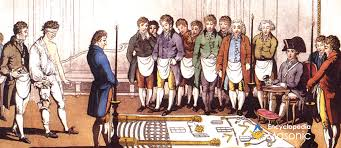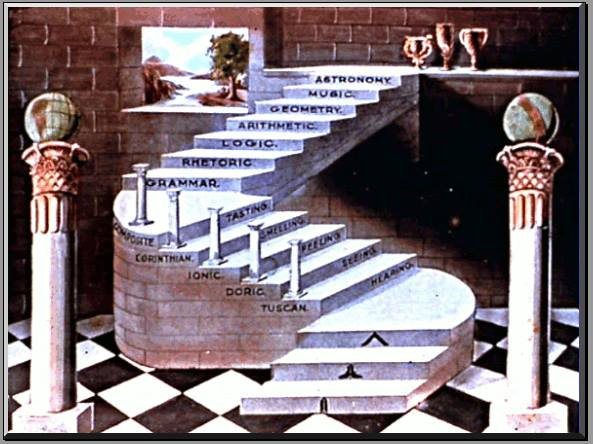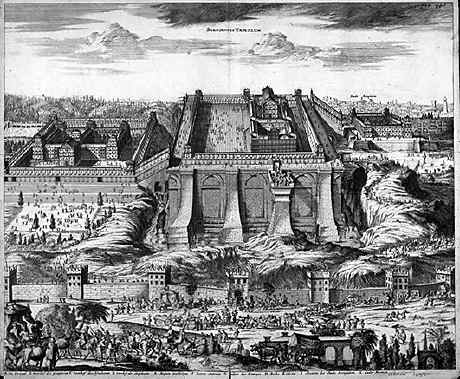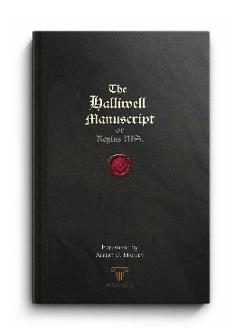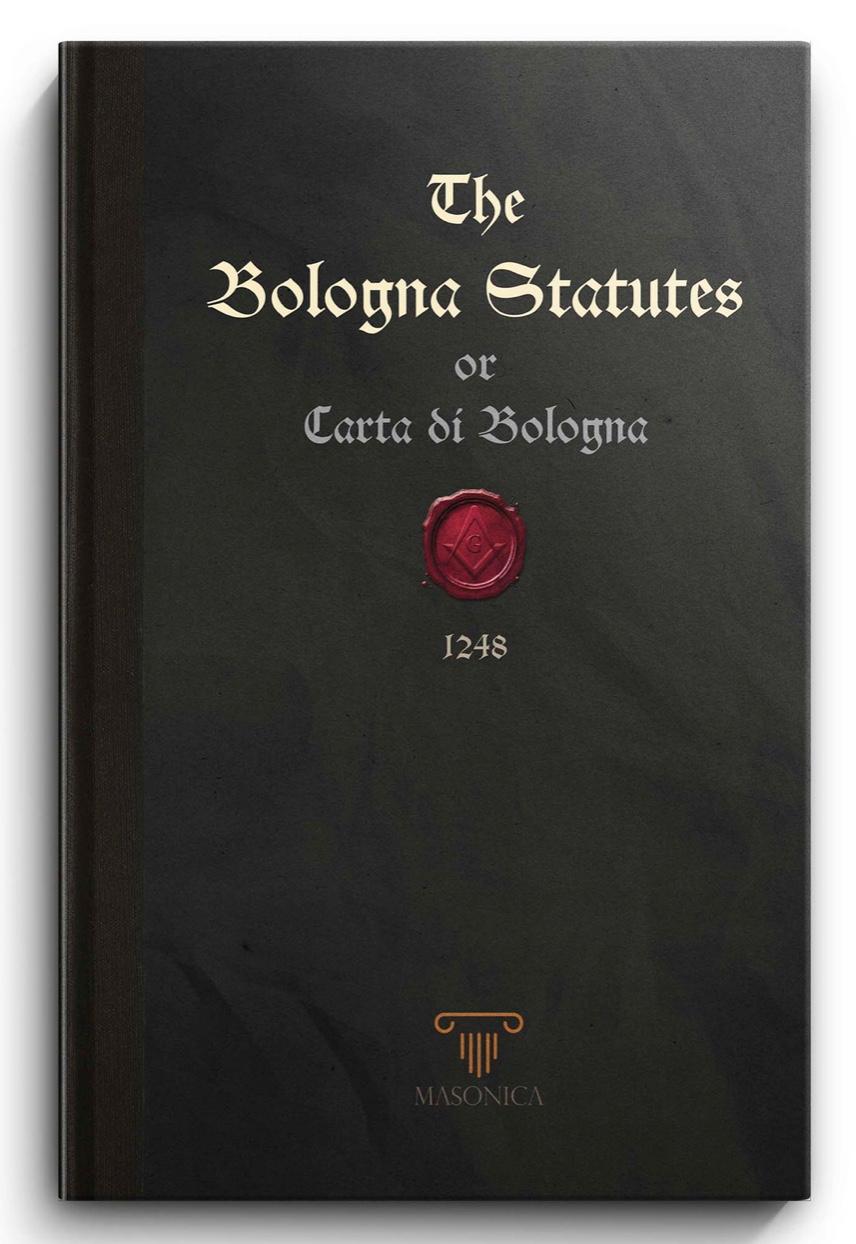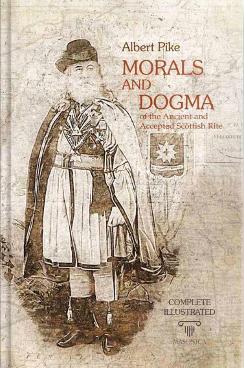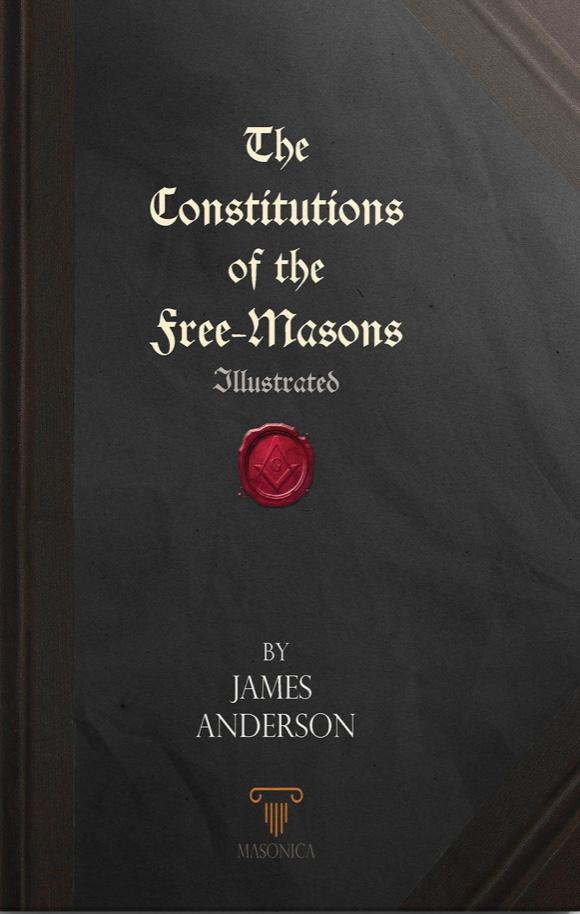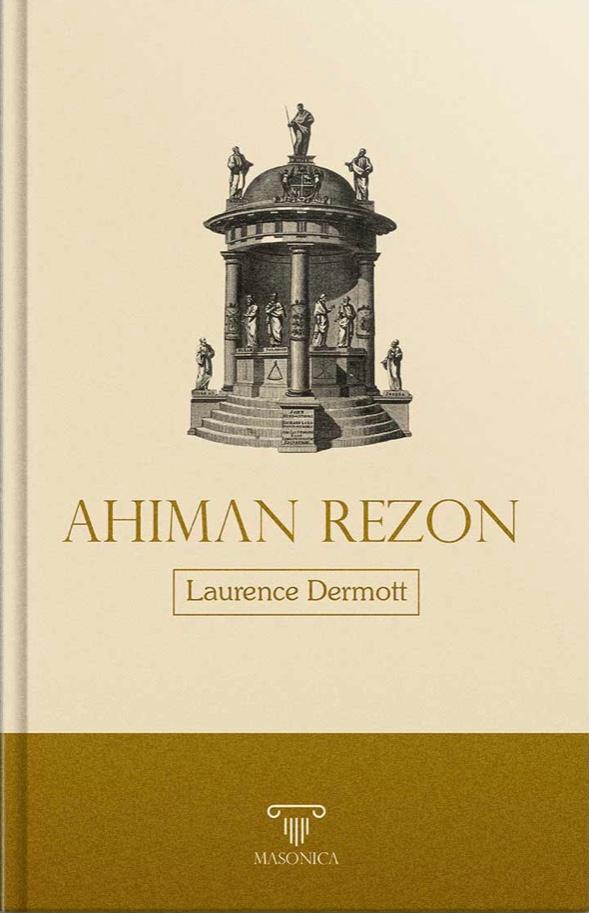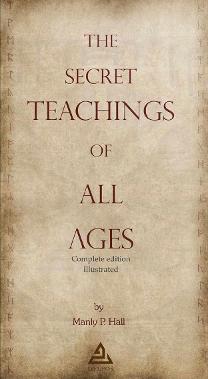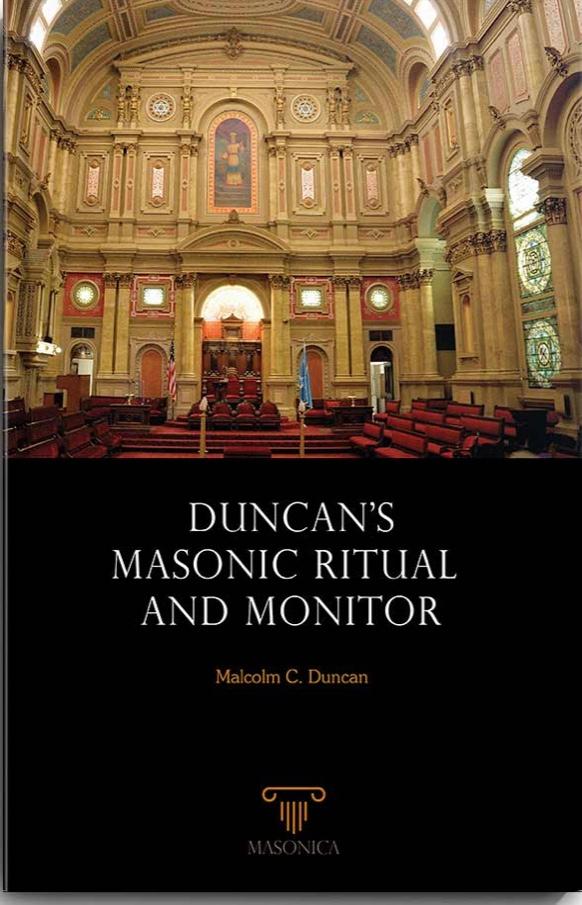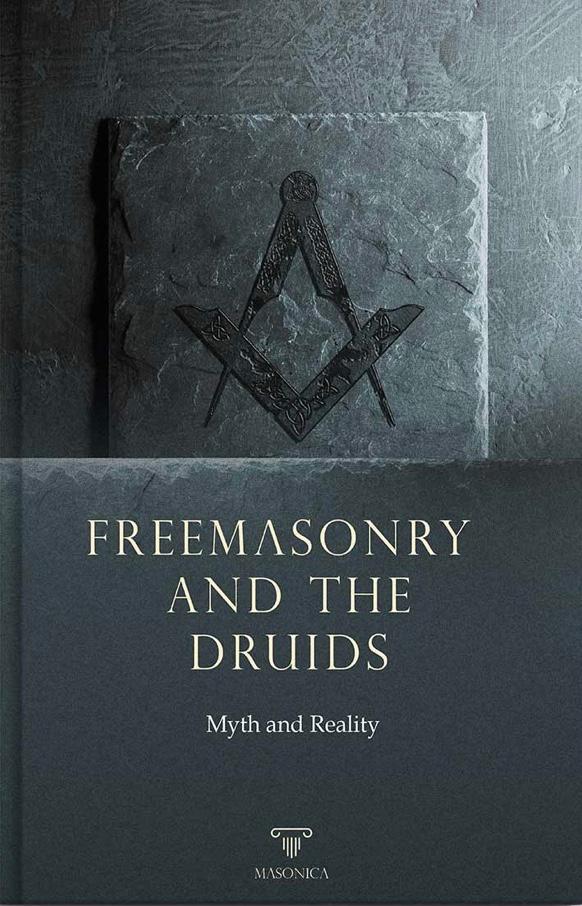To learn more about Freemasonry, the following information is presented to give insight into the Masonic Degrees and following the degrees is a listing (under construction) of Masonic resources where you can learn more about Masonry
1st Degree - Entered Apprentice
The first degree, Entered Apprentice, is intended to be a candidate's first introduction to Masonry. Entering at his own free will and with confirmation of his belief in a Supreme Being, prospective Masons receive instructions and light about the fraternity through information provided on Operative and Speculative Masons, who Masonry teaches in symbolism, and how the lodge room represents the world and parts of King Solomon's Temple.
The symbolism of the Entered Apprentice degree emphasizes beginning, spiritual birth, the first steps of youth, and orientation to the light. Here, candidates first learn the importance of a man's inner worth rather than his worldly wealth - or what it means to be "duly and truly prepared." They learn about kneeling at the alter, the significance of God's (however the individual defines him/her) place in Masonry and in every Mason's life. They can now articulate the three lights of Freemasonry - the volume of Sacred Law, the square, and compass - and how it guides Masons to become the best they can be.
At this stage, the Entered Apprentice is only a Mason in the sense that he is a rough Ashlar in the process of being made into a perfect ashlar. To be "perfected," he must continue his journey of self-improvement and participate in the second and third degrees.
Where the first degree encompasses the body and our actions in the world - or our duties to themselves, our neighbors, and God - the second degree addresses the mind and prepares men for spiritual enlightement.
As such, the Fellowcraft degree emphasizes education through philosophy, intellectual enlightenment, and wisdom. Candidates are called to learn, study, and revel in the education found in Freemasonry and liberal arts and seek the highest advancement in the Craft and consequently, their life.
Up-and-coming Masons are tasked with acquiring knowledge and applying it, using the working tools of the craft, to build his character and improve the society in which he lives. It is during the second degree that candidates are introduced to Masons' beloved symbol, the winding staircase, and Freemasons' quest to continually elevate their knowledge and advance in their Masonic journey. Upon completion of the second degree, Fellowcraft Masons understand the wages of the Fellowcraft are wealth in the form of mental and spiritual enlightenment. For Brothers who love learning, there is a treasure trove of symbolism and history to indulge in during the Fellowcraft degree.
Once men have proven their commitment, understanding, and acceptance of these Masonic truths, they may take the third degree and complete their journey towards Master Mason.
3rd Degree - Master Mason
The third degree, Master Mason, is the pinnacle point in a candidate's blue lodge experience. The crown of the blue lodge, the Master Mason degree is the culmination of all that has been taught as an Entered Apprentice and Fellowcraft.
In the first two degrees of the blue lodge, men learn how to physically and mentally prepare for spiritual enlightenment through the teachings of the Craft. In the third degree, candidates now learn how the soul may be brought to its perfection. The Master Mason degree emphasizes the immortality of man's soul and the certain resurrection of his body to eternal life.
At this stage of the blue lodge, men find the Masonic trowel in their kit of working tools. They expand their Masonic obligation to include the spread of brotherly love and they strengthen their connection to their soul by loving others. Brothers, upon completion of the third degree, earn the right to travel in foreign countries - or continually search for truth, wherever it may be found. Most importantly, they understand the importance of the legend of Hiram and Solomon's Temple. Men can now see the symbolism of Solomon's Temple and Operative Freemasonry throughout the Craft. They understand why steadfastly standing by our beliefs, even in the face of death and ruin, is the greatest personal distinction to be held.
The candidate is now ready to approach the portal of the Sublime Degree of Master Mason.
Throughout all of Freemasonry, both at the blue lodge, Scottish Rite, and our other appendant bodies, there are endless symbols, stories, and traditions to explore. Many find as they advance in life and in the Craft new revelations and meaning to each of the degrees, despite having visited the degree in question numerous times prior.
So what makes a Master Mason? A lifelong quest to become the vest they can be!
Masonic Bookshelf
Books of interest to gain further knowledge on Masonry
The Halliwell Manuscript
There is one manuscript which differs so much from all the others in its form and in its contents as to afford the strongest internal evidence that it is derived from a source entirely different from that which gave origin to the other and later documents. The Halliwell MS. As this is admitted to be the oldest Masonic document existing, and as some very important conclusions in respect to the early history of the Craft are about to be deduced from it, a detailed account of it will not be deemed unnecessary.
The Bologna Statutes
The Statutes of Bologna of 1248 connects us with an Operative Masonry that was thus far unknown, and that is of interest to the modern international historiography, particularly of Masonry, because it is placed, by its chronology and importance hitherto unknown, at the height of the British manuscript "Regius Poem" which is much newer, and that until now was considewred the oldest and most important work.
The following books are of general interest on various aspects of Masonry. Morals and Dogma by Albert Pike is an especially difficult read.
